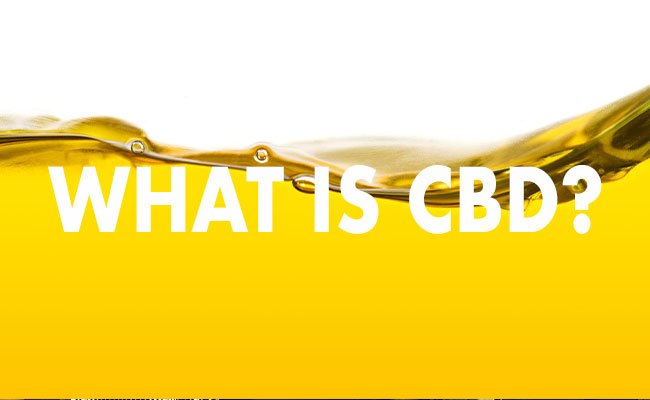
He’s Just Not That Into Flu: Echinacea & The Endocannabinoid System
WRITTEN BY DR. SWATHI
It’s that time of year again: cold and flu season.
As an Integrative Health Pharmacist, one of the questions customers ask most is, “What can I take to prevent myself from getting the flu?” In addition to the flu vaccine, there are a range of possible answers, including the herbal supplement, Echinacea spp.
Despite Echinacea’s popularity for its antimicrobial, antiviral and immunosupportive benefits, it is not thoroughly publicized that one of its mechanisms of action is through the endocannabinoid system (ECS) via its plant-derived cannabinoids, also known as phytocannabinoids.
The ECS is the underlying system responsible for maintaining homeostasis, or balance, in our body’s key physiological and cognitive processes including but not limited to mood, memory and pain. The most prominent ECS receptors are CB1 and CB2, the first being closely associated with the nervous system and the second with the immune system. Cannabinoids which bind to these receptors are can be both endogenously produced, endocannabinoids (i.e. anandamide [AEA], 2-arachidonoylglycerol [2-AG]), and exogenously consumed, cannabinoids (i.e. THC, CBD). Though the use of cannabis was first cited as early as 2700 B.C. in China, it was seldom understood or researched until nearly fifty years ago.
So, how does Echinacea work with the ECS?
Echinacea is a cannabimimetic, meaning that it has similar pharmacological effects on the body as Cannabis sativa. It produces N-alkylamides which are thought to bind with the CB2 receptors as well as the PPARγ receptors to support your immune system function and reduce inflammation. I do not mean to make this article very technical, but the pharmacist in me has to mention a brief overview about the incredible pathophysiology behind what is happening. When N-alkylamides bind to CB2 and PPARγ receptors, there is an inhibition of anandamide and partial inhibition of the enzyme, fatty acid amide hydrolase (FAAH); FAAH causes the breakdown of anandamide to arachidonic acid, so by inhibiting FAAH, the high concentration of anandamide leads to anti-inflammatory effects and overall increase in ECS tone. (Thanks for indulging me.)
Research supports the use of Echinacea products as they have been shown to decrease the chances of catching a cold as well as the number of days of persisting cold symptoms. The National Institutes of Health (NIH), namely the National Center of Complementary and Integrative Health (NCCIH), is funding new and ongoing research projects on N-alkylamides as well as other constituents of Echinacea regarding both the innate and adaptive immune response. With its potentially growing list of therapeutic benefits and its low risk of drug interactions, perhaps practitioners will consider recommending it as an option to their patients — particularly around this time of year.











